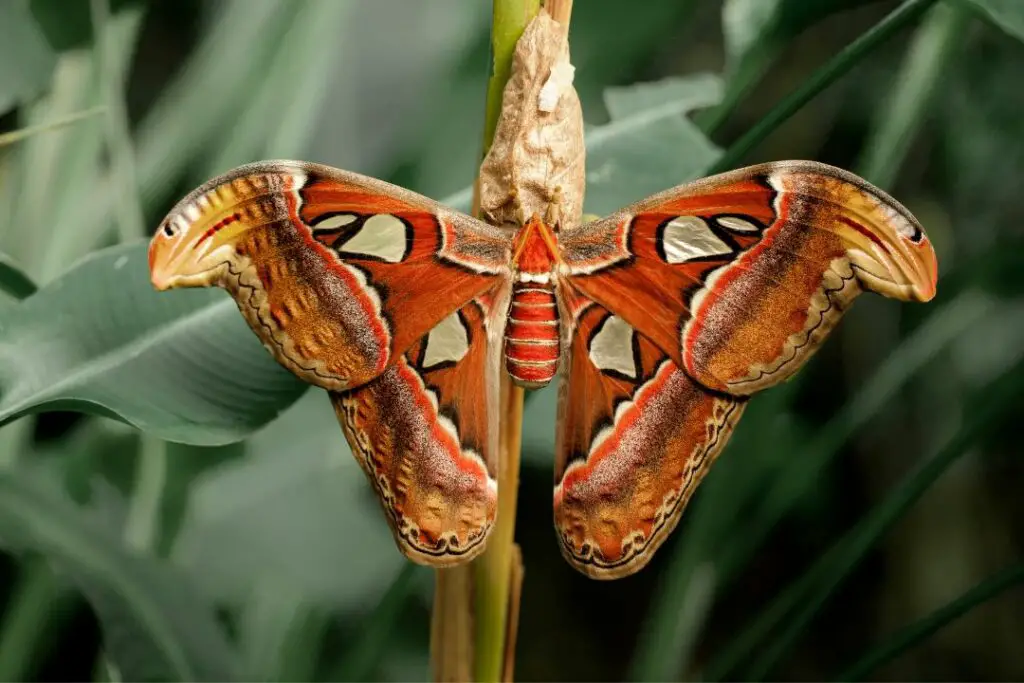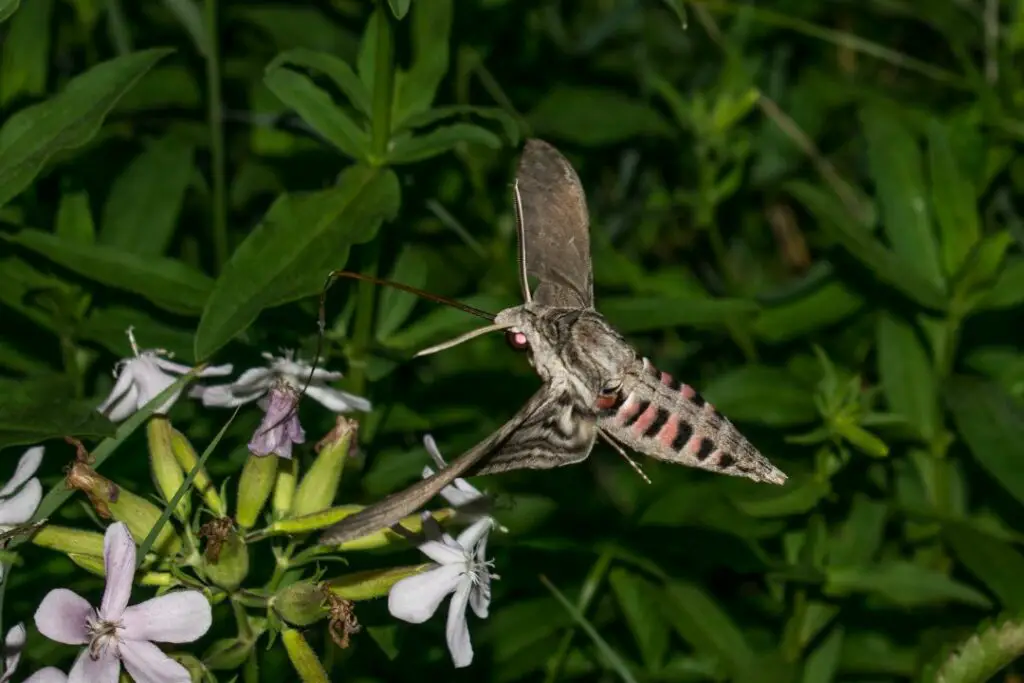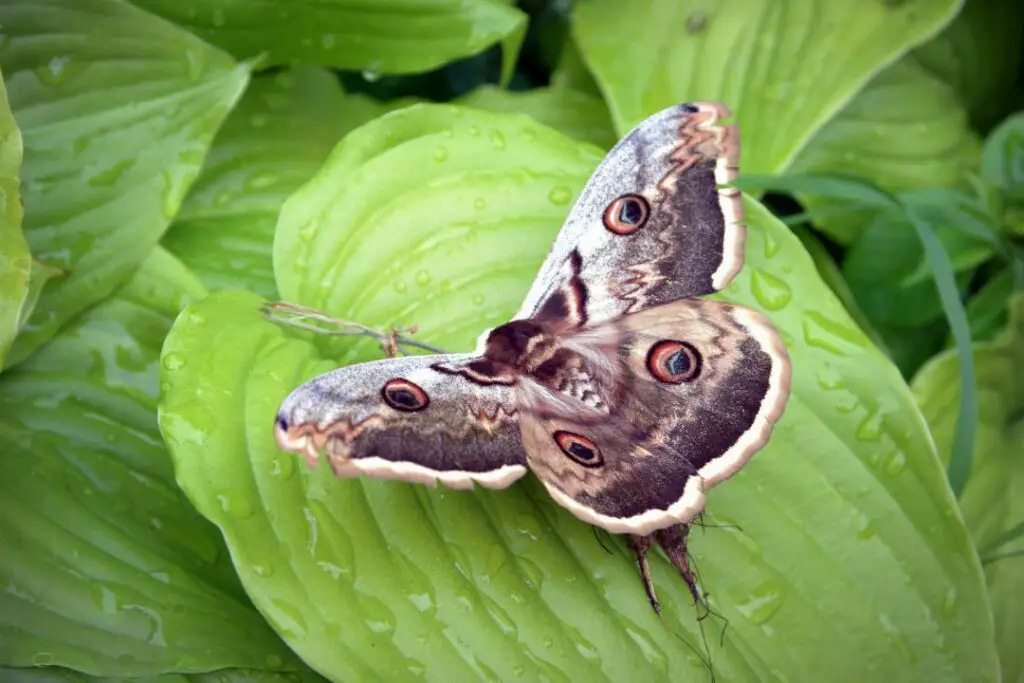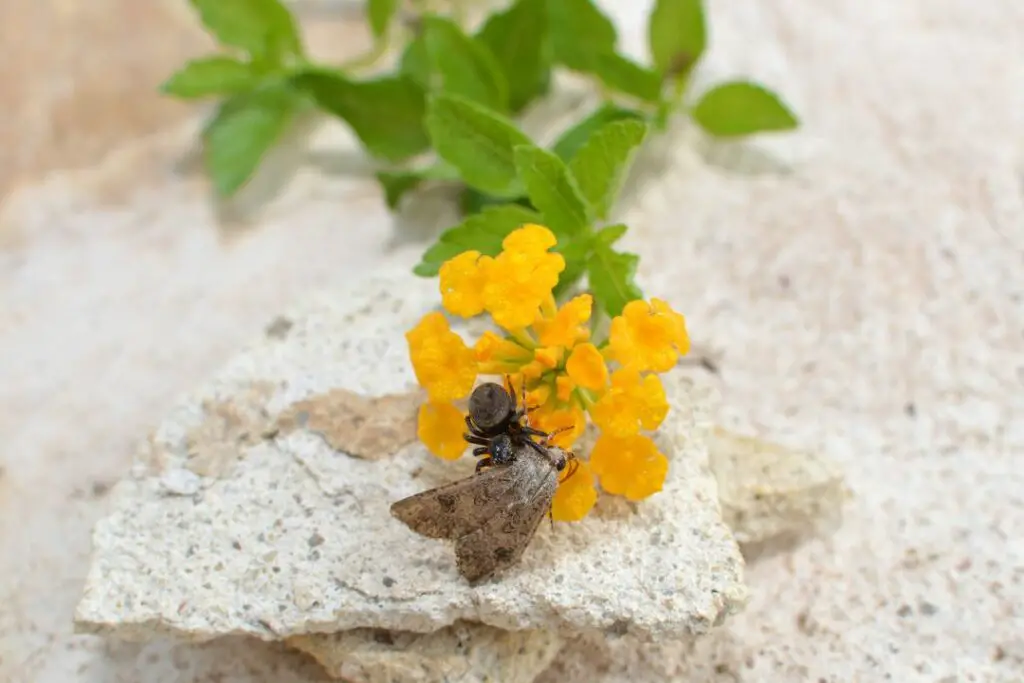Moths, the nocturnal cousins of butterflies, are more than just creatures that flutter around your porch light. They’re a vital part of various food chains and ecosystems.
While they pollinate flowers, they also have their own predators to worry about.
Let’s delve into the fascinating world of moth predators to see what our winged friends are up against.
10 Animal Predators That Eat Moths
From the echolocation expertise of bats to the keen eyesight of many species of birds, moths have a range of insectivores they must evade to survive.
Let’s dive into the world of bats and familiarise ourselves with the wildlife that calls them dinner.
*Additional reading – Don’t miss our guide on which animals eat butterflies to meet more fascinating garden predators.
Bats
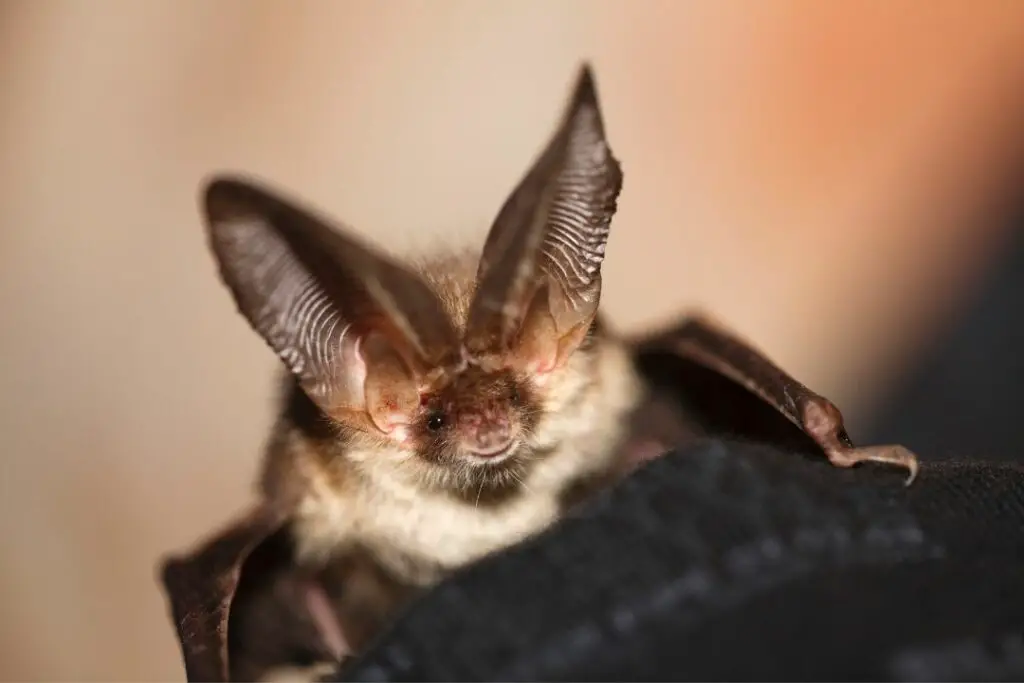
Animal Name: Little Brown Bat (Myotis lucifugus)
Habitat: Caves, forests, and buildings
Diet: Insectivore
Method of Hunting: Uses echolocation to locate and catch moths during the night
Impact on Moth Population: High; they primarily feed on moths and other insects
Conservation Status: At risk due to White-nose Syndrome
Interesting Fact: These bats can live up to 30 years, which is quite long for a mammal of its size
Bats use echolocation to hunt moths in complete darkness, making them one of the moth’s most formidable predators. The high-frequency sounds they emit bounce off the moth’s body, giving the bat a sonic “image” of its prey. This allows bats to catch moths in mid-flight, even when trying to evade capture.
Birds
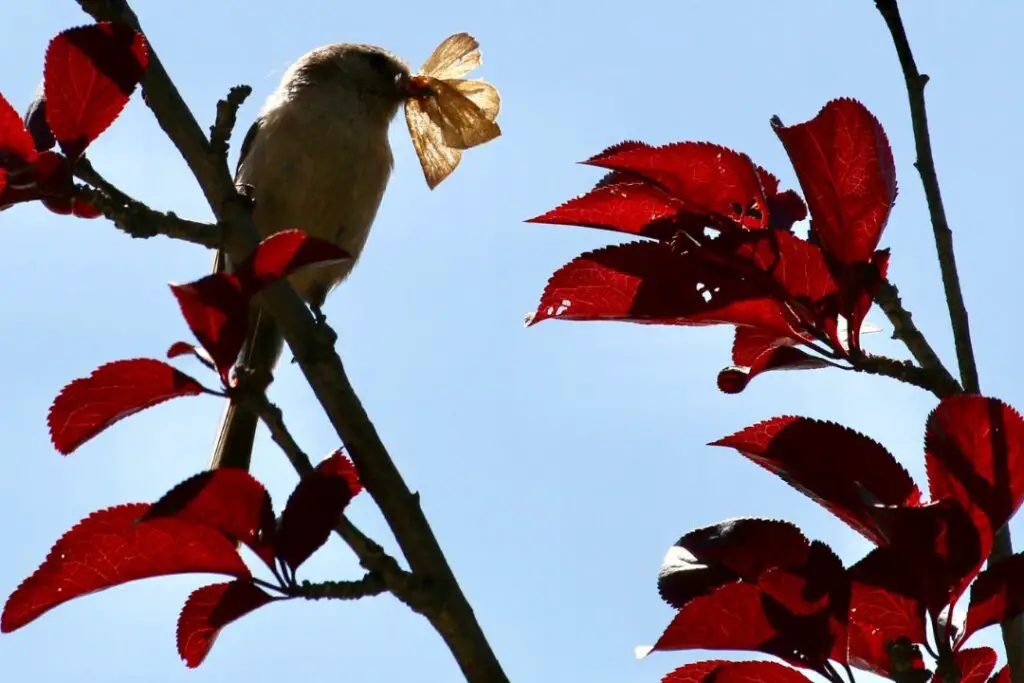
Animal Name: European Robin (Erithacus rubecula)
Habitat: Forests, gardens, and parks
Diet: Omnivore
Method of Hunting: Catches moths in flight or picks them off plants
Impact on Moth Population: Moderate; they eat a variety of insects
Conservation Status: Thriving
Interesting Fact: European Robins can see magnetic fields, aiding them in migration
Birds like the European Robin use their keen eyesight to catch and eat moths, swooping down from a perch to snatch their prey. Their acute vision allows them to spot moths even in low-light conditions, and some birds have specialized beaks to pluck moths off leaves or out of the air with precision.
Spiders
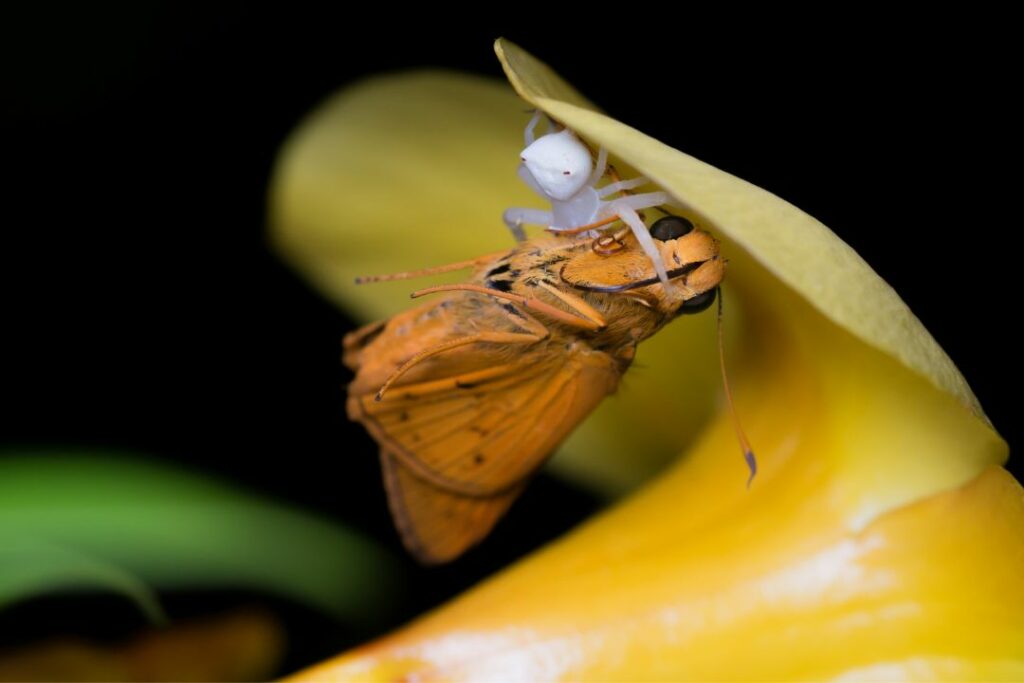
Animal Name: Garden Orb-weaver (Araneidae)
Habitat: Forests, gardens, and fields
Diet: Carnivore
Method of Hunting: Spins a web to trap the moth
Impact on Moth Population: Moderate; they eat a variety of insects
Conservation Status: Thriving
Interesting Fact: Some orb-weaver spiders can change their color to blend in with their surroundings
Spiders use their web-spinning skills to catch moths, injecting venom to immobilize their prey. Some species of arachnid, like the Garden Orb-weaver, even add UV-reflective silk to their webs, making them more attractive to nocturnal moths and increasing their hunting success rate.
Frogs
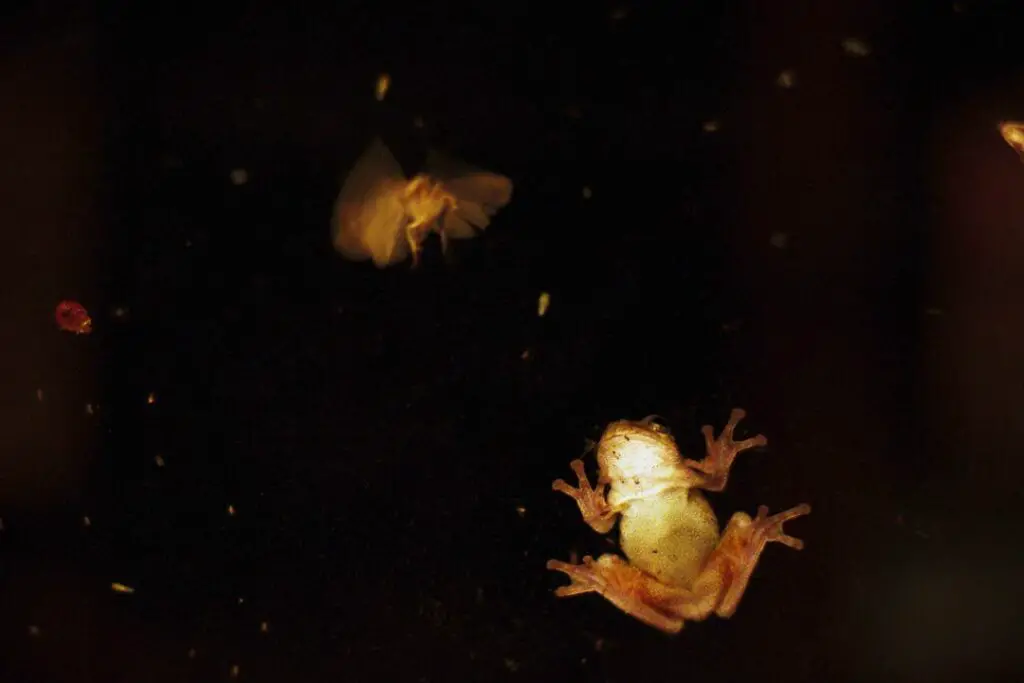
Animal Name: African Bullfrog (Pyxicephalus adspersus)
Habitat: Freshwater ponds, lakes, and marshes in Africa
Diet: Carnivore
Method of Hunting: Waits near the water’s edge and uses its tongue to snatch moths
Impact on Moth Population: Low; they eat a variety of prey
Conservation Status: Thriving
Interesting Fact: African Bullfrogs can weigh up to 2 pounds
Frogs like the African Bullfrog use their long, sticky tongues to catch moths, often in a split second. Their amphibian tongues are so fast and tacky that they can even catch moths mid-flight. The frog’s keen sense of timing and accuracy make it a surprisingly effective moth predator.
Lizards
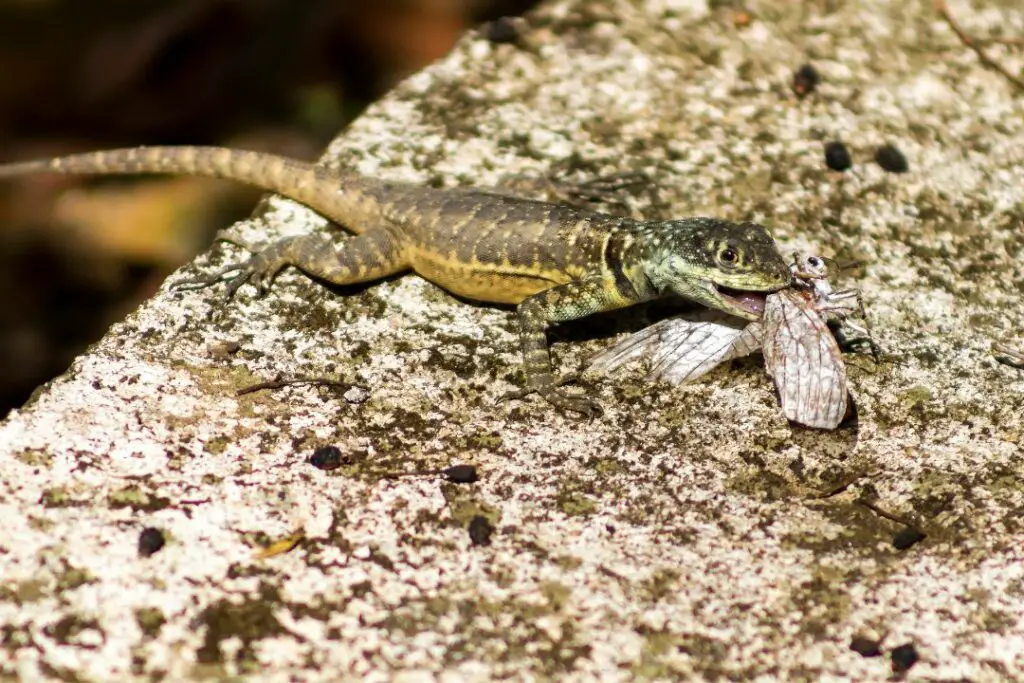
Animal Name: Gecko (Gekkonidae)
Habitat: Tropical forests, buildings
Diet: Insectivore
Method of Hunting: Ambush predator; waits on walls or leaves to strike
Impact on Moth Population: Low; they eat a variety of insects
Conservation Status: Thriving
Interesting Fact: Geckos can regenerate their tails
Geckos lie in wait, using their sticky feet to cling to surfaces. When a moth comes close, they pounce. Their reptile quick reflexes and lack of movement mean it’s often too late when the moth sees them lying in wait.
Ants
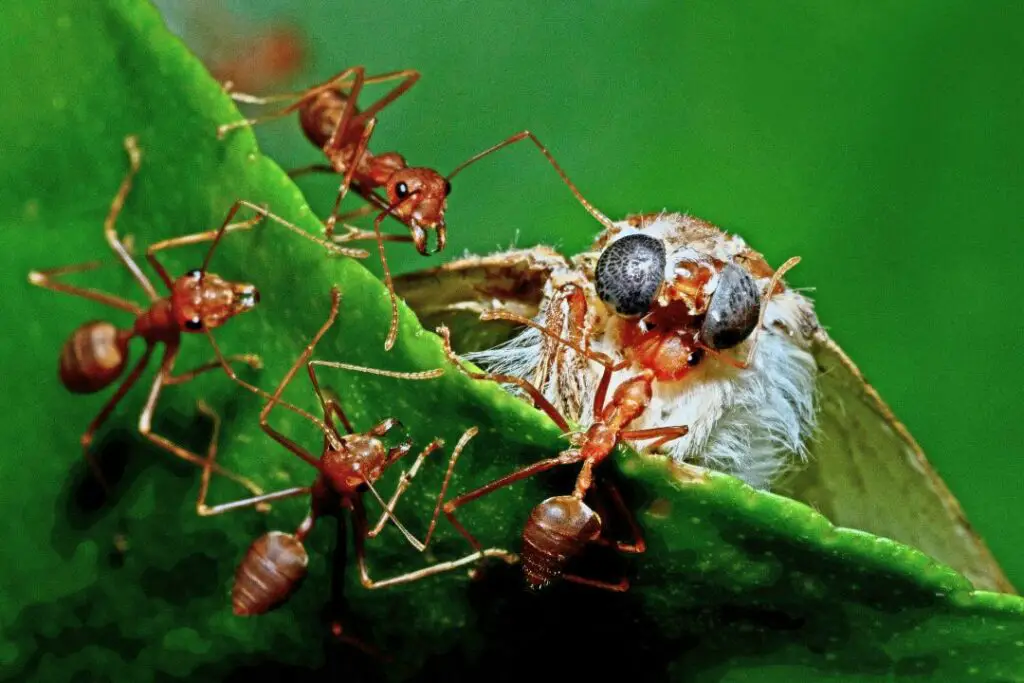
Animal Name: Carpenter Ant (Camponotus spp.)
Habitat: Forests, gardens, and buildings
Diet: Omnivore
Method of Hunting: Group attack; they can overwhelm a moth if it lands nearby
Impact on Moth Population: Low; they eat a variety of food
Conservation Status: Thriving
Interesting Fact: Carpenter ants can lift up to 50 times their body weight
Ants like the Carpenter Ant use a group attack strategy to overwhelm moths. They release pheromones to communicate and coordinate their attacks with other ants in the colony, ensuring the moth has little chance of escaping.
Owls
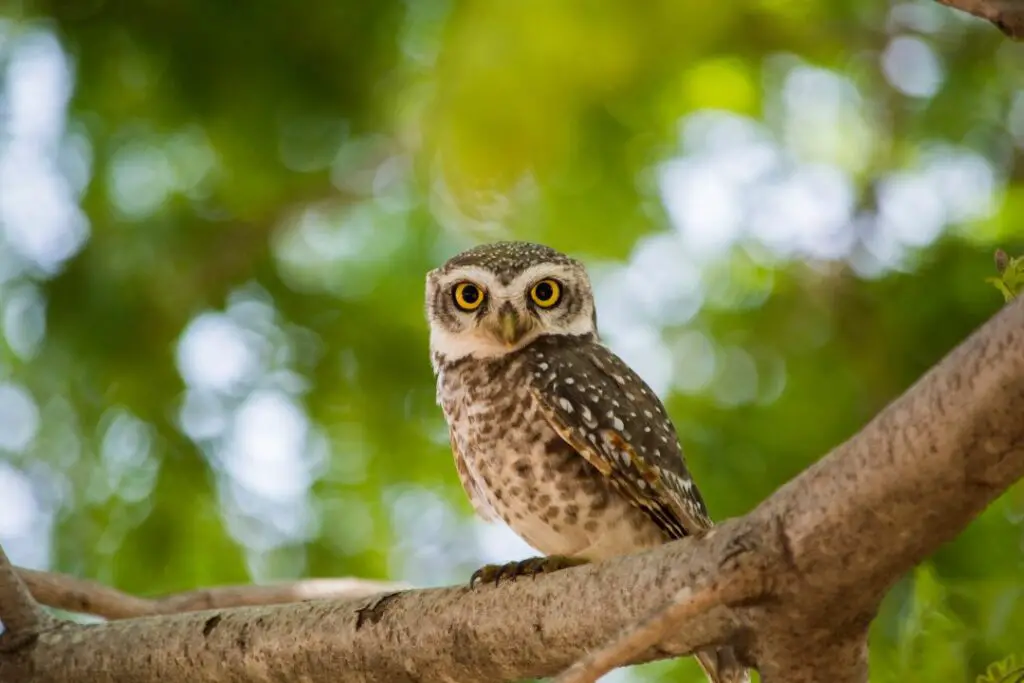
Animal Name: Barn Owl (Tyto alba)
Habitat: Forests, fields, and barns
Diet: Carnivore
Method of Hunting: Uses keen eyesight and hearing to locate moths at night
Impact on Moth Population: Low; they prefer larger prey like rodents
Conservation Status: Least Concern
Interesting Fact: Barn Owls can rotate their heads up to 270 degrees
Owls like the Barn Owl use their keen eyesight and hearing to locate and catch moths during twilight hours. Their silent flight gives them the element of surprise, allowing them to swoop in undetected and snatch their prey.
Rats
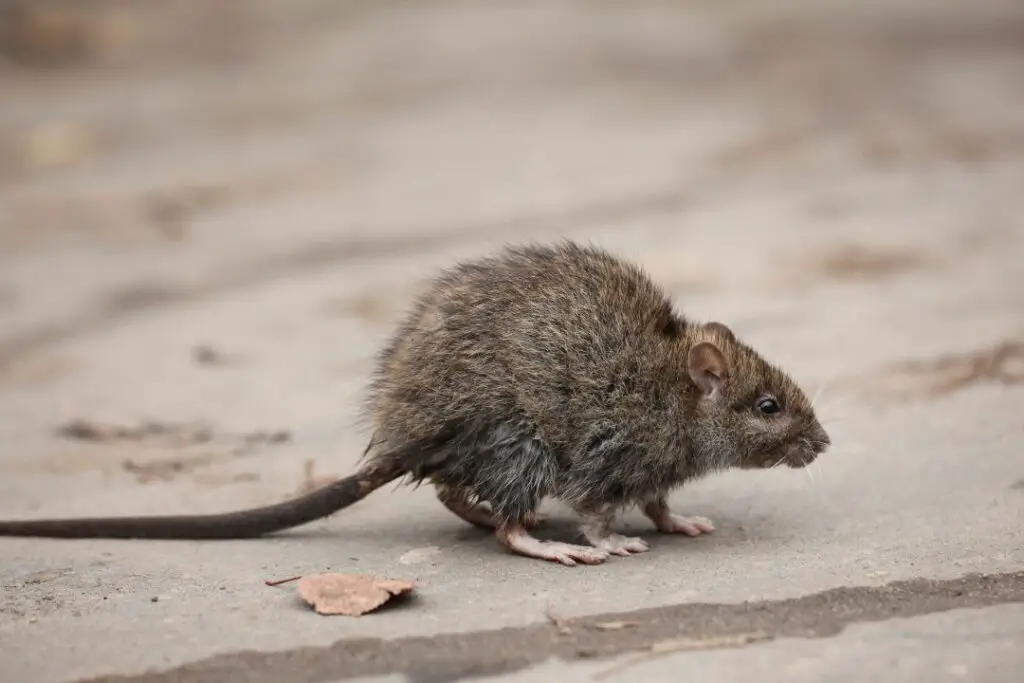
Animal Name: Brown Rat (Rattus norvegicus)
Habitat: Urban areas, forests
Diet: Omnivore
Method of Hunting: Scavenger; will eat moths if they come across them
Impact on Moth Population: Low; they prefer other food
Conservation Status: Thriving
Interesting Fact: Brown rats are excellent swimmers
Rats are opportunistic eaters and will consume moths if they encounter them, although they are not significant predators. Their keen sense of smell often leads them to hiding or injured moths, making an easy meal.
Preying Mantis
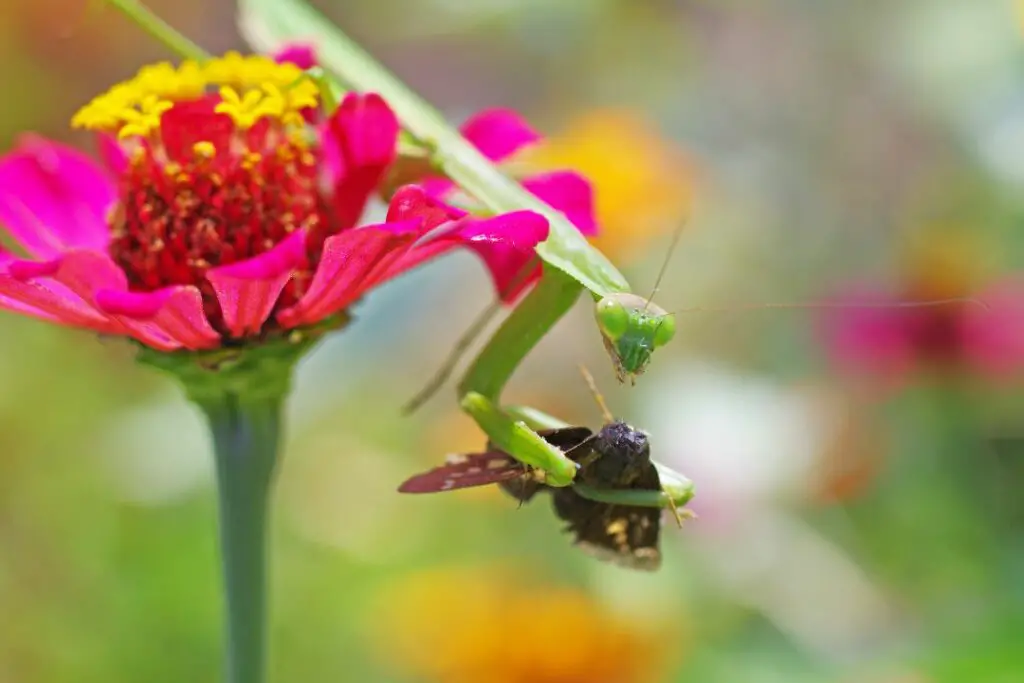
Animal Name: European Mantis (Mantis religiosa)
Habitat: Meadows, gardens
Diet: Carnivore
Method of Hunting: Ambush predator; waits for the moth to come close and then strikes
Impact on Moth Population: Moderate; they eat a variety of insects
Conservation Status: Generally thriving
Interesting Fact: Mantids have excellent vision, thanks to their large, compound eyes
Preying Mantis are terrifying ambush predators using their spiky forelegs to catch and eat moths, often waiting patiently for the right strike. Their excellent vision allows them to spot even well-camouflaged moths in seconds.
Dogs

Animal Name: Domestic Dog (Canis lupus familiaris)
Habitat: Human homes
Diet: Omnivore
Method of Hunting: Opportunistic; will eat moths if they catch them
Impact on Moth Population: Negligible; not a natural predator
Conservation Status: Domesticated
Interesting Fact: Some dogs are trained to detect invasive species of moths
While not a natural predator, some dogs will catch and eat moths if given the opportunity. Dogs are naturally curious, and many unassuming moths have been consumed out of curiosity more than a need for food.
How Do Moths Protect Themselves From Predators?
Moths have their own set of defence mechanisms to evade predators. From camouflage to emitting a foul smell, these nocturnal creatures have evolved various ways to survive.
Camouflage
Many moths and butterflies have wing patterns that allow them to blend in with their surroundings, such as tree bark or leaves.
This form of natural camouflage is so effective that some moths can even mimic specific types of bark, right down to the texture and colour. It’s a high-stakes game of hide-and-seek where the moth’s survival is on the line.
Toxicity
Some moth species are toxic and advertise this with bright colours, warning predators to stay away.
This is known as “aposematism,” a biological phenomenon where a creature uses bright colours to signal danger or unpalatability.
For example, the Cinnabar Moth is brightly coloured to signal its toxicity, deterring predators like birds from making a fatal dining choice.
Erratic Flight Patterns
Moths often have erratic flight patterns, making them challenging targets for predators like birds and bats.
This isn’t just random fluttering; it’s a calculated move. By zigzagging through the air, moths make it challenging for predators to predict their next move, increasing their chances of escape.
Some studies even suggest that these flight patterns are adapted to the hunting strategies of their most common predators.
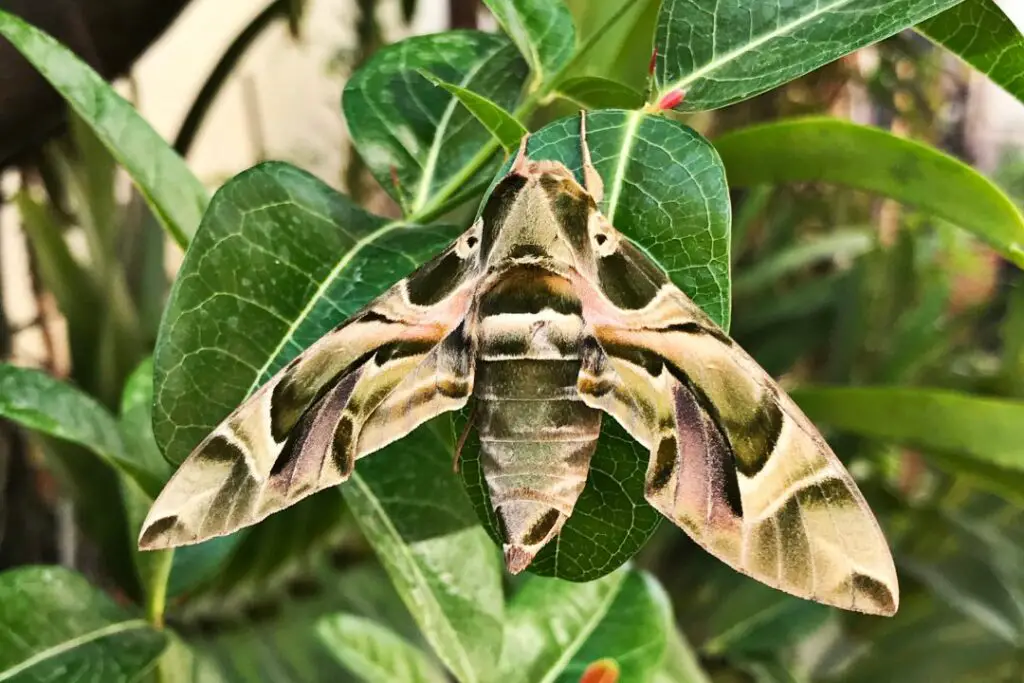
Conclusion
In the intricate dance of predator and prey, moths play a crucial role. While they serve as a food source for various animals, they’re not just sitting ducks.
Armed with various defence mechanisms, moths have evolved to give themselves a fighting chance.
If you’ve enjoyed this read, why not head over to our lighter read on what caterpillars eat to grow big and strong before transforming into an entirely different creature?

